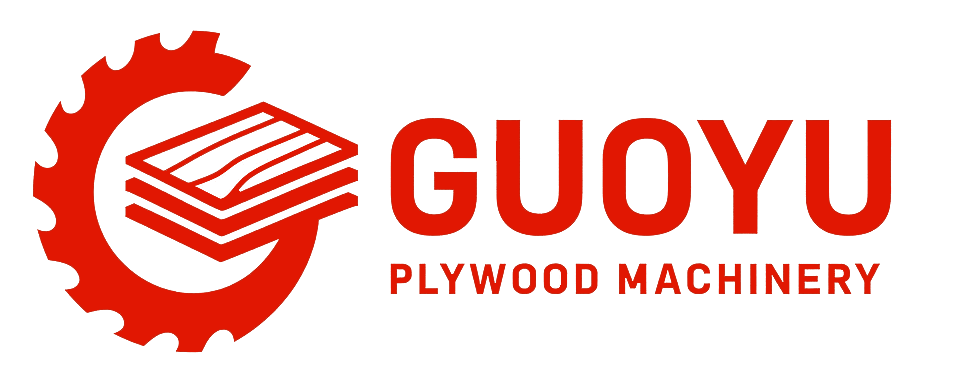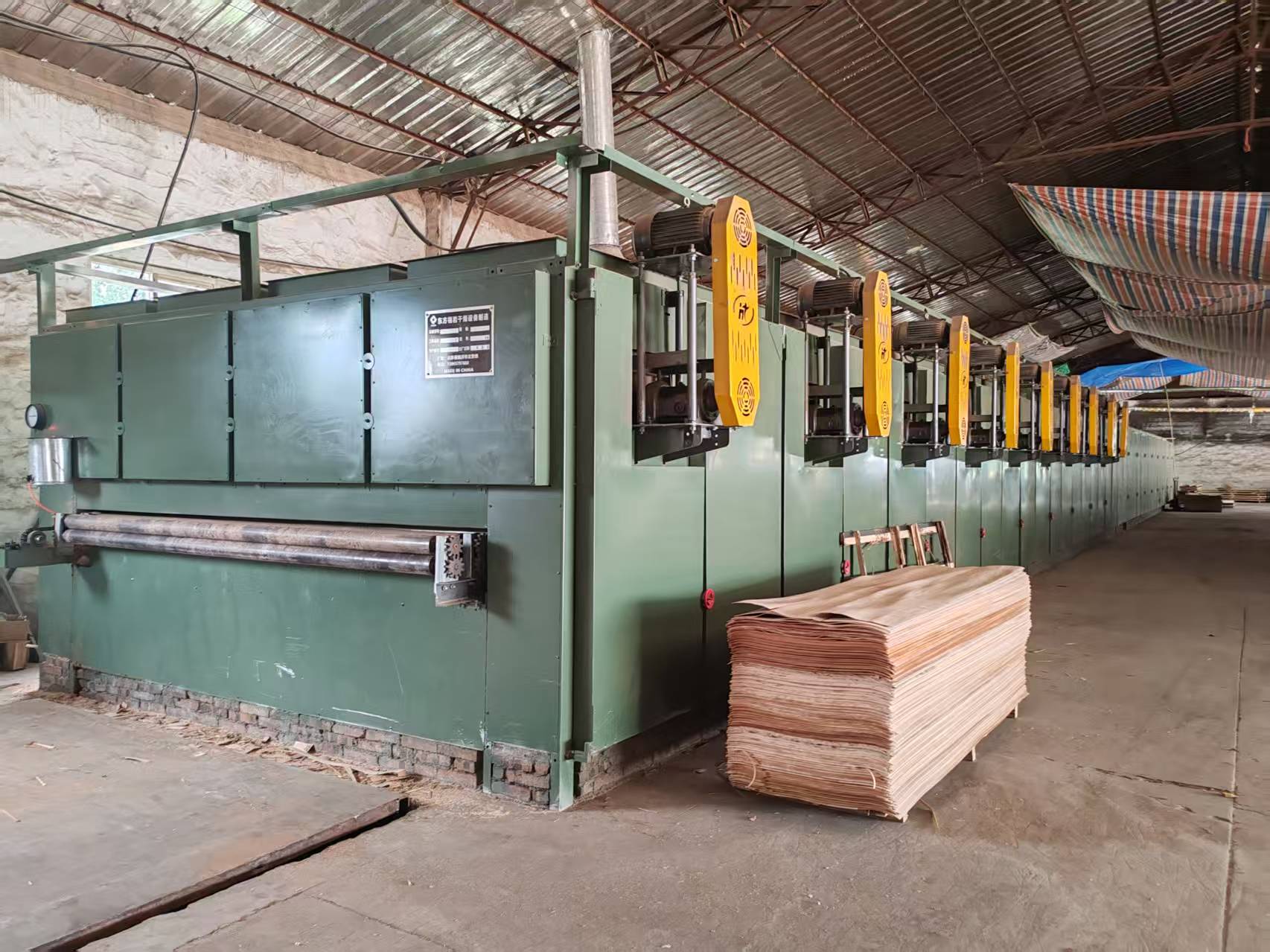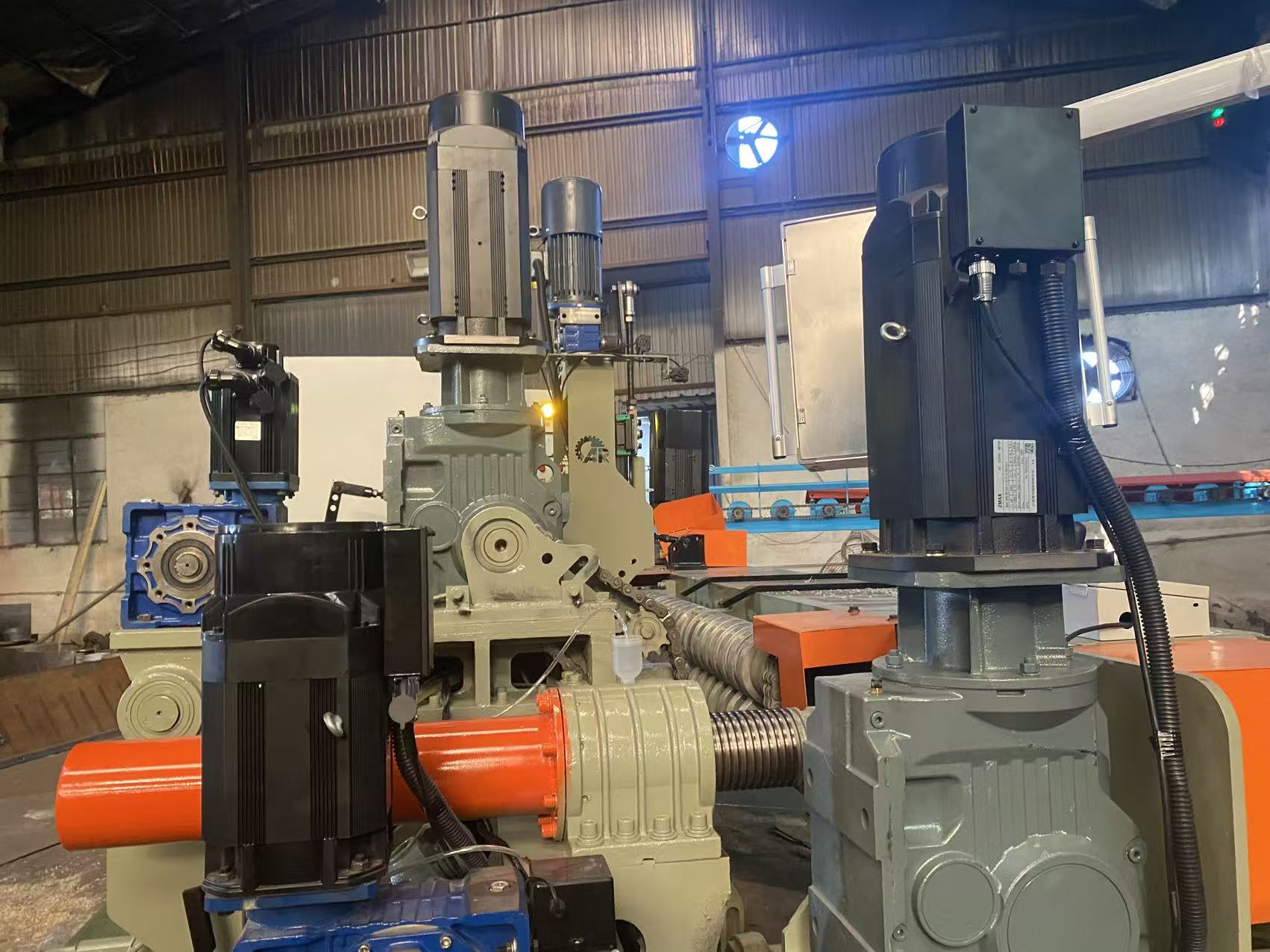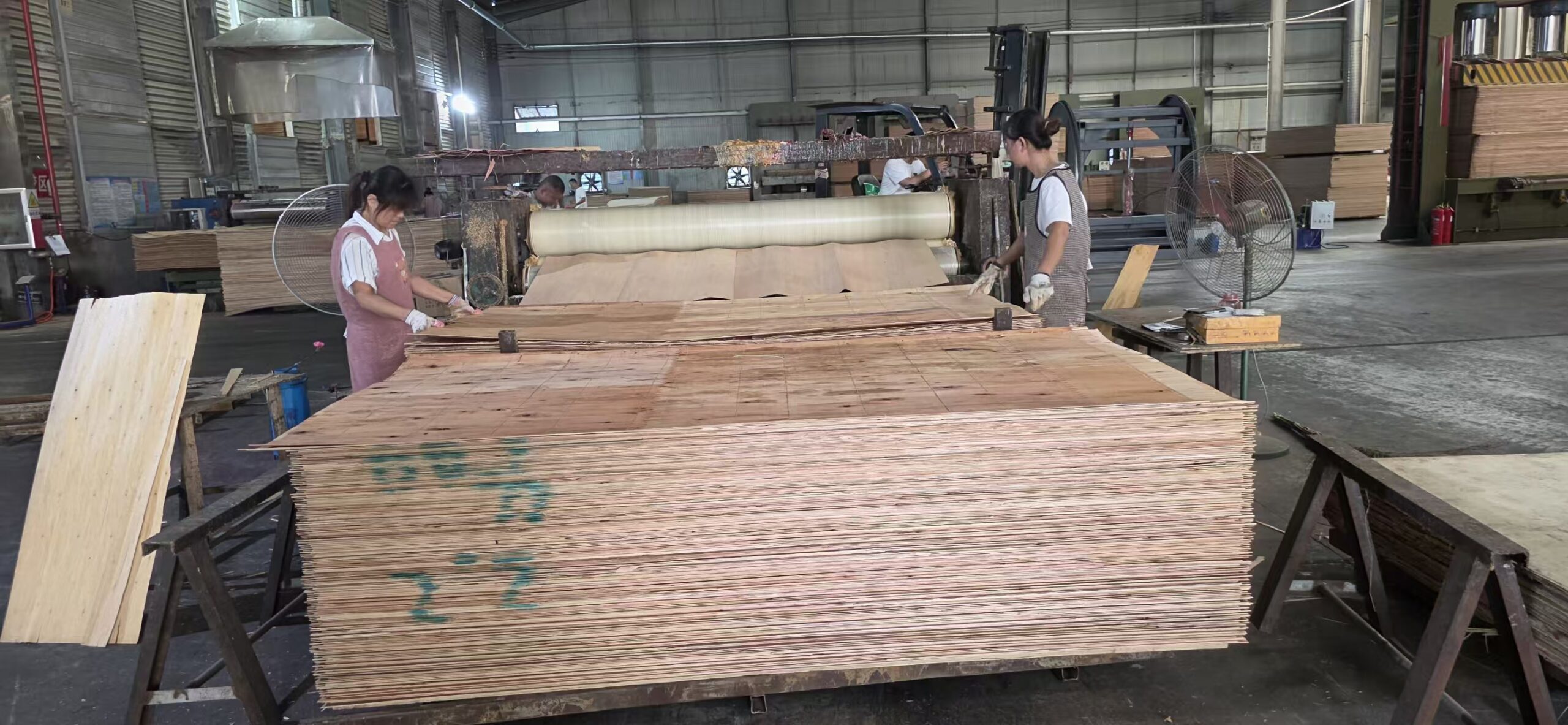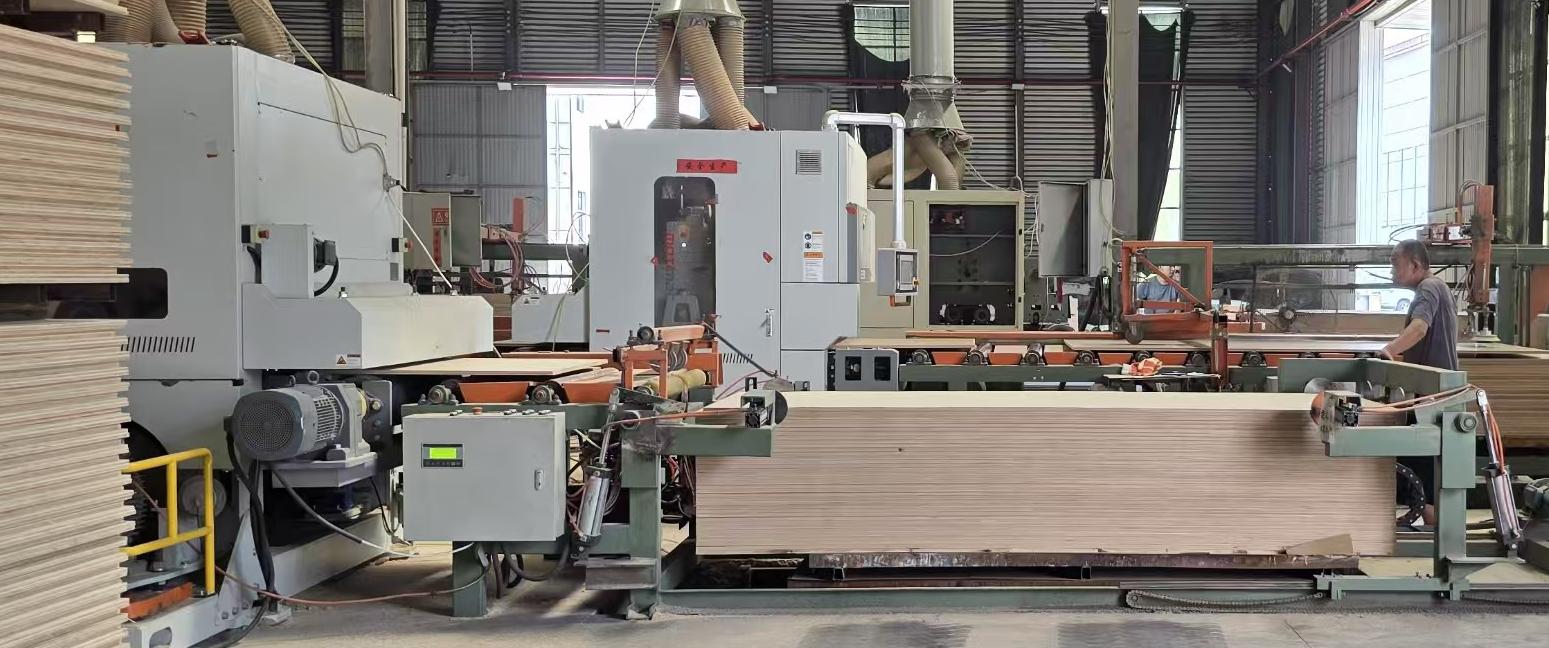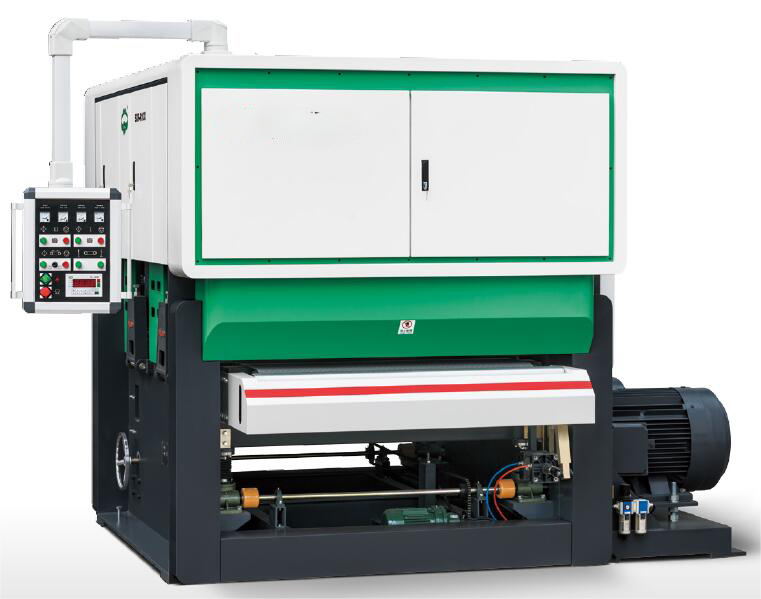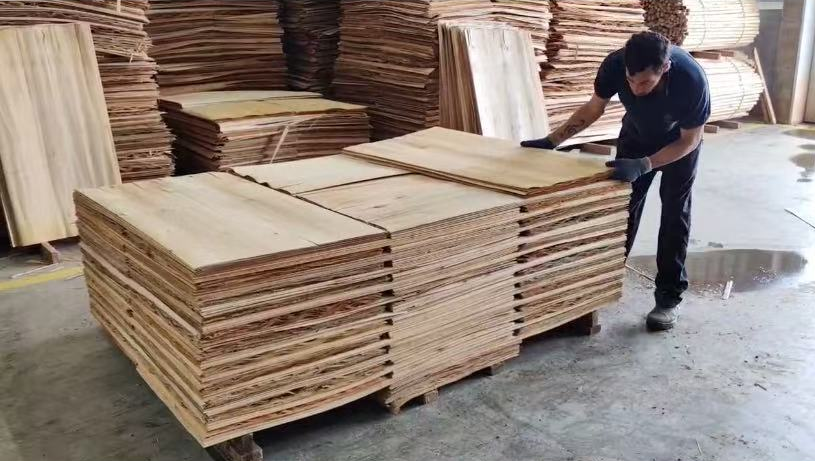Keeping your veneer peeling machine well-maintained is key to smooth operation and long-lasting performance. Simple daily care—like cleaning, lubrication, and regular checks—can prevent problems, ensure consistent veneer quality, and save you time and costs in the long run.
1. Daily Cleaning & Inspectio
Timely removal of wood chips and bark residues to prevent accumulation on the cutter head and transmission parts, which can affect precision and heat dissipation.
- After each day’s operation, use an air gun or brush to clean the cutter head, pressure rollers, and guide rails.
- Prevent accumulation of debris that may affect blade accuracy, cause jamming, or increase resistance.
- Keeping the machine clean helps with heat dissipation and prevents bearing and motor overheating.
Check blade sharpness, as dull blades increase resistance and vibration, affecting veneer thickness and surface quality.
- Inspect the peeling surface for smoothness before or during operation.
- Rough surfaces, uneven thickness, or increased vibration indicate dull blades.
- Sharpen or replace blades regularly to maintain sharpness, reduce resistance, and ensure consistent veneer thickness.
- Sharp blades also reduce motor load and extend machine life.
2. Lubrication & Maintenance
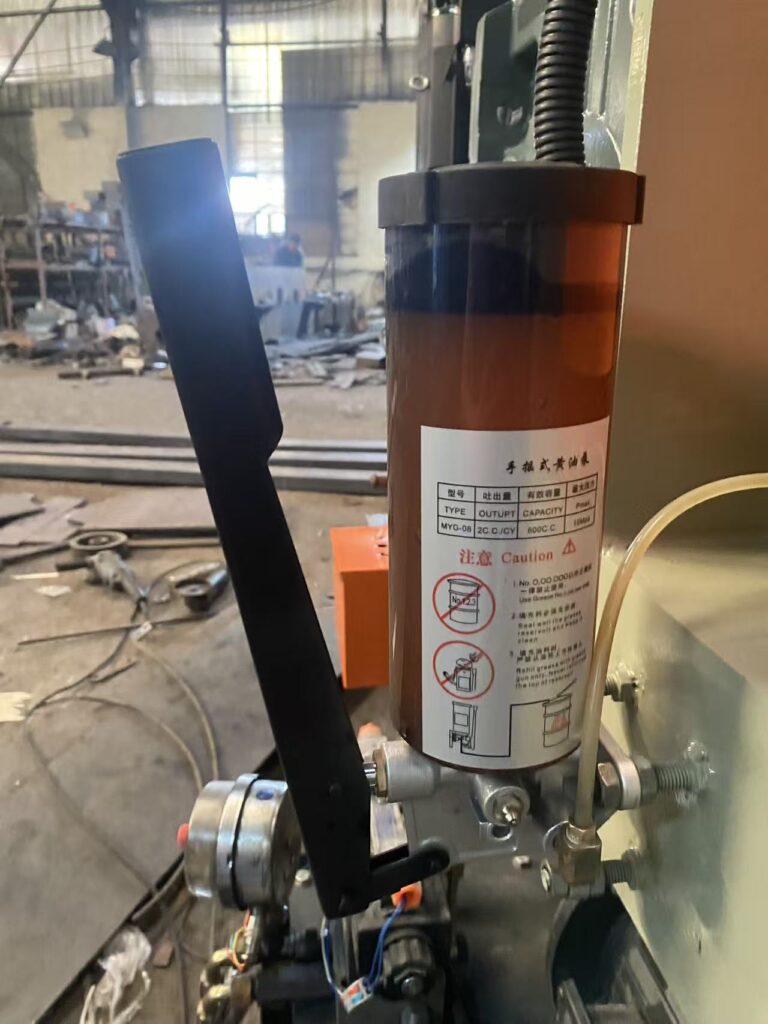
Regularly lubricate guide rails, lead screws, and bearings according to the manual to reduce wear.
- Lubrication reduces metal friction, prevents wear, and ensures smooth movement.
- Lack of lubrication may lead to increased noise, reduced precision, and shortened component life.
- Establish a lubrication schedule (daily, weekly, or monthly).
Veneer Peeling Machine Lubrication Schedule
| Period | Components | Action | Notes |
|---|---|---|---|
| Daily | Guide rails, sliders | Wipe and apply a small amount of oil | Keep motion smooth, prevent dust wear |
| Weekly | Lead screws, chains | Apply lubricating oil or anti-rust spray | Check tension to prevent slipping |
| Monthly | Bearings (cutter head, pressure rollers) | Grease injection (using grease gun) | Listen for abnormal noise |
| Quarterly | Hydraulic system | Check oil level and quality | Replace or top up if necessary |
| Every 6 months | Motor & gearbox | Check lubrication, replace if needed | Ensure proper heat dissipation and stable operation |
| Annually | All lubrication points | Clean old oil and re-lubricate | Align with major maintenance |
Check the hydraulic system oil level and quality; replace if necessary to maintain stable pressure.
- Regularly check that hydraulic oil is within the normal range to prevent pressure fluctuations.
- Inspect oil quality for discoloration, emulsification, or impurities; replace if abnormal.
- Use the manufacturer’s recommended hydraulic oil to maintain system cleanliness.
- Good oil quality ensures smooth operation of the cutter head and pressure system and extends pump and seal life.
3. Electrical & Transmission Systems
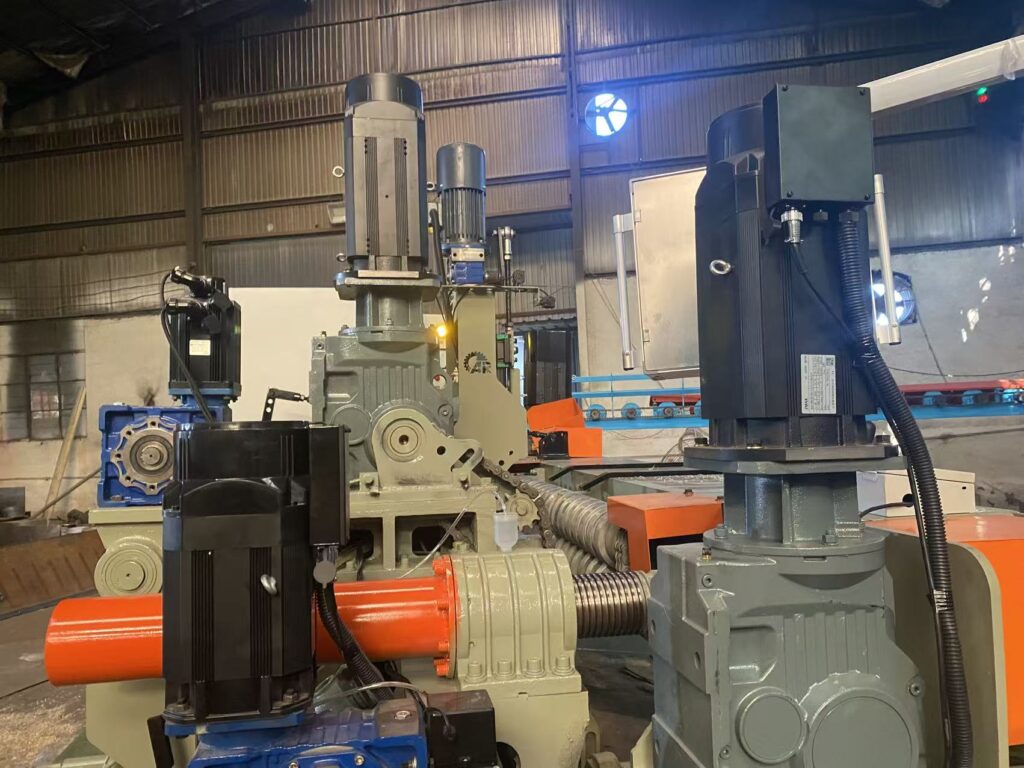
Regularly check motors, inverters, and wiring connections for looseness or overheating.
- Ensure motors and inverters run smoothly without abnormal noise or overheating.
- Inspect wiring connections for looseness, aging, or burning to avoid poor contact.
- Stop the machine immediately if overheating, unusual smells, or current fluctuations occur.
- Keep the electrical cabinet clean and ensure good ventilation for heat dissipation.
Check belts and chains for proper tension and replace or adjust as needed.
- Inspect drive belts and chains for looseness or wear.
- Incorrect tension reduces power transmission efficiency, causes slipping or noise.
- Adjust or replace worn components promptly.
- Test operation by hand or at no load to ensure smooth operation.
4. Precision & Stability
Regularly calibrate cutter head and pressure rollers to ensure consistent thickness.
- Check parallelism and height of the cutter head and rollers.
- Uneven thickness can cause board waviness, sanding difficulty, and increased scrap rate.
- Use thickness gauges or standard blocks for calibration according to the manual.
- Stable calibration also extends blade and machine life.
5. Operation & Storage
Train operators and follow proper procedures to avoid overloading or misuse.
- All operators must receive professional training and understand machine structure, operating procedures, and safety precautions.
- Avoid overloading, improper operation, or incorrect cutter head adjustments, which can damage the machine or cause accidents.
- Maintain an operation manual or procedure checklist for reference in the workshop.
- Proper operation not only extends machine life but also ensures consistent board thickness and surface quality.
Long-term storage
- Before long-term shutdown, thoroughly clean wood chips, dust, and residues from the machine.
- Apply anti-rust oil or rust inhibitor on exposed metal surfaces to prevent oxidation.
- Store the machine in a dry, well-ventilated environment to prevent moisture from corroding bearings, guide rails, and cutter heads.
- Periodically check the anti-rust coating and reapply if necessary to ensure smooth operation when restarted.
Regular cleaning, consistent lubrication, controlled load, and precise calibration are key to extending the life of the veneer peeling machine. With proper maintenance, the main machine can last over 15 years, and critical components only need periodic replacement to maintain excellent performance.





